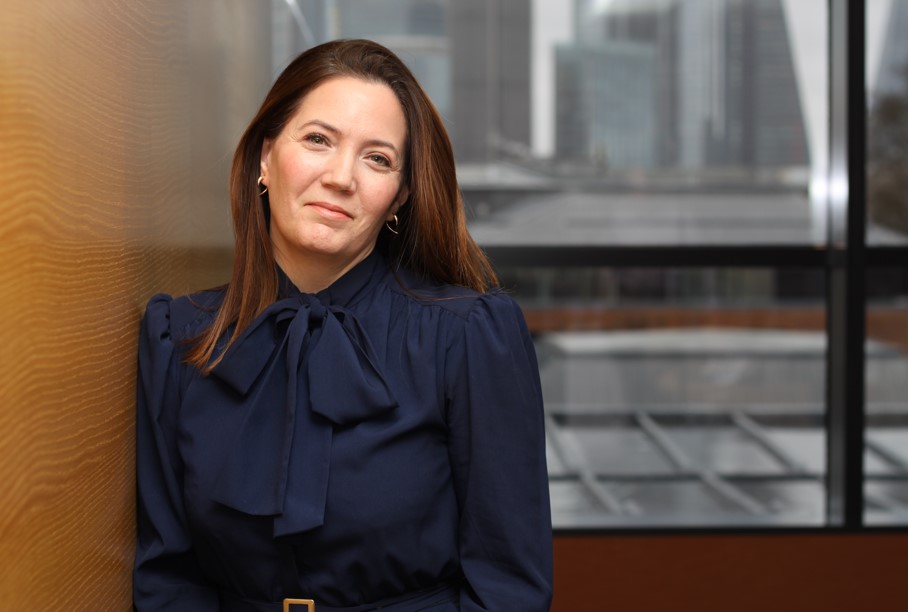Despite record level first-quarter catastrophe losses, insurance rate increases were confined to loss-affected exposures, according to research published by Marsh.
In regions and for classes of business not affected by recent losses, there was little change in market conditions in the first quarter of 2011 as overall insurance capacity remains plentiful, especially for new business, according to the broker's Spring 2011 Insurance Market Update. In addition, property rate reductions may still be generally achievable, though more difficult to obtain. Organisations with catastrophe exposures, especially those situated in regions affected by recent events, however, will likely see increased rates at renewal.
Despite no immediate turn in the market, many insurers’ and reinsurers’ 2011 budgets for catastrophe losses have already been substantially eroded, if not exceeded, due to first-quarter losses, which include those from the Australian floods, the February 22 earthquake near Christchurch, New Zealand, and the devastating March 11 earthquake, tsunami, and nuclear disaster in Japan. Additional catastrophe losses could impact reinsurance pricing, the report notes.
“The global insurance market faces substantial pressure, especially with the upcoming 2011 US Atlantic hurricane season predicted to be more active than usual,” said Nicholas Bacon, CEO of Bowring Marsh. “Any future catastrophe losses this year are more likely to directly impair the capital positions of reinsurers than impact earnings, which could drive rates higher. Additionally, the introduction earlier this year of the 11th revision of Risk Management Solutions’ hurricane model, widely used for US hurricane and storm surge risk, also will add to upward property catastrophe pricing pressure.
“Given these changing market fundamentals, there is insufficient support for the continuation of a softening market cycle,” Bacon said.
Marsh’s report also found that as a result of the first-quarter losses, insurers are re-emphasising their requirements for comprehensive underwriting data that can be modelled to generate reliable forecasts. For example, insurers are looking for insureds to thoroughly substantiate their contingent business interruption (CBI) exposures. Many insurers also are pushing for reduced sub-limits and increased deductibles for both CBI cover and catastrophe exposures.
“More than ever, the prime determinants of potential capacity and the ultimate cost of risk transfer will be each organisation’s unique risk attributes, in addition to the structure and quality of its marketplace submission,” said Duncan Ellis, US property practice leader, Marsh. “Organisations that achieve the best results are the ones most able to demonstrate their ongoing commitment to proactive risk management.”
Following substantial disruption to global supply chains as a result of the earthquake, tsunami and nuclear disaster in Japan, the report notes that many organisations are reassessing their vulnerability to such events and the efficacy of their risk management programs.
“The events in Japan exposed significant gaps in business resiliency at a number of firms,” Ellis said. “This further highlights the need for organisations to take a 360-degree view of their end-to-end supply chain identifying demand, supplier, and operational risks as well as the financial impact of failures.
“Organisations seeking to deliver their products and services to market better, faster and cheaper, yet take a blind eye to the increased volatility and potential impacts of a disruptive event such advances can have, are putting their organisations’ balance sheets at risk,” he said.
Printed Copy:
Would you also like to receive CIR Magazine in print?
Data Use:
We will also send you our free daily email newsletters and other relevant communications, which you can opt out of at any time. Thank you.











YOU MIGHT ALSO LIKE